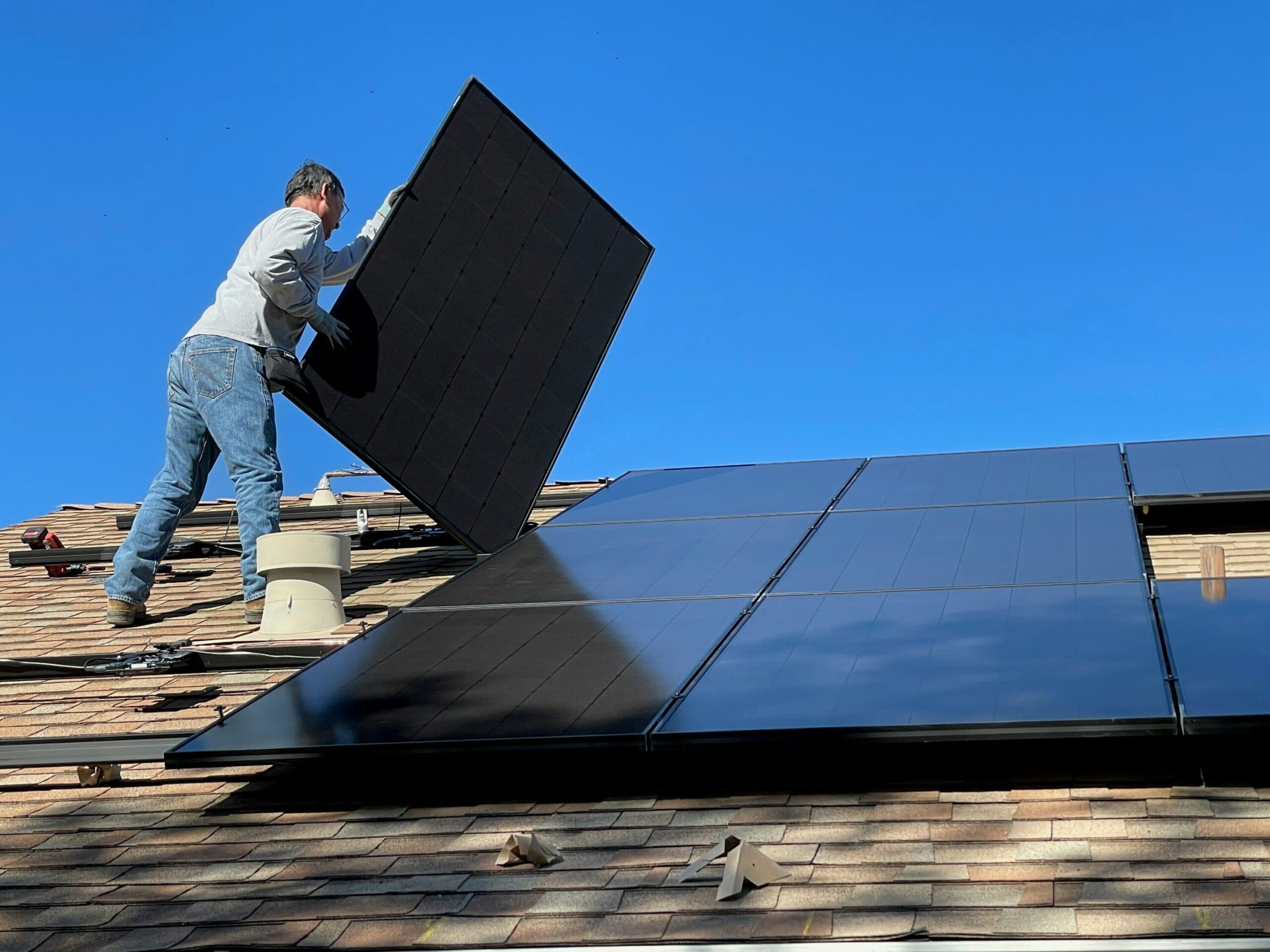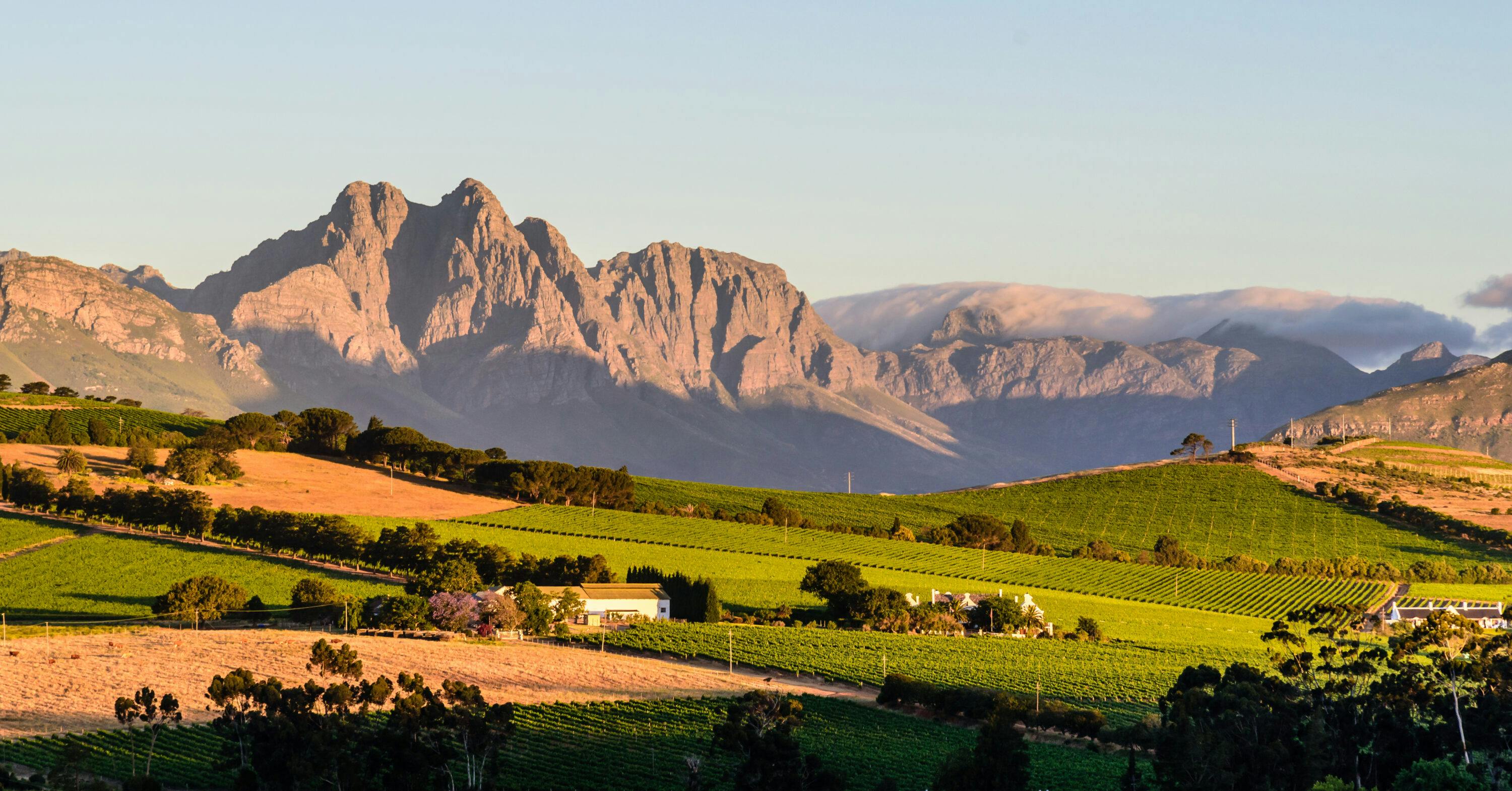
An assessment of financing models and strategic interventions to sustain rooftop solar PV adoption by households and small businesses in South Africa
Background and context
In 2024, the Climate Neutrality Foundation, in collaboration with German development partners KfW and GIZ, commissioned Nova Economics to assess funding models and other mechanisms to support continued investment in rooftop solar photovoltaic (PV) systems in South Africa.
In 2023, private sector solar PV adoption increased sharply due to intensified load shedding, above-inflation electricity price hikes, and continued declines in the cost of solar PV technologies. By July 2024, approximately 5 953 MW of solar PV capacity had been procured and installed by the private sector.
Despite government incentives and capital raised by energy service companies (ESCos) to provide subscription-based solutions, uptake in the household and small business segment remained limited. It is estimated that only 621 MW, about 10.4% of the total installed capacity, was deployed by households and small businesses.
As such, the Foundation believes there is still considerable potential to accelerate the adoption of solar PV among households and small businesses in South Africa. It identified that poor credit quality among potential customers was a key barrier to uptake, as many applicants failed to meet the credit thresholds required by funders and investors. The Foundation, therefore, highlighted opportunities to de-risk investment through several interventions, including:
- Technical solutions to remotely disable systems for non-paying customers
- Financial instruments to reduce credit exposure
- Additional revenue streams, e.g., carbon offsets
- VAT exemptions to lower monthly costs and improve the business case
Nova Economics was tasked with identifying practical solutions that could be implemented within a one-year timeframe.
Purpose of the engagement
The overall purpose of the study was to evaluate the state of South Africa’s rooftop solar PV and storage market and to identify practical measures to support continued uptake, particularly as the frequency and intensity of load shedding (a major driver of uptake in the residential sector) had subsided.
The main objectives were to:
- Assess the current market environment – including recent trends in adoption, demand and supply. To assess the effectiveness of existing programmes such as the Energy Bounce-Back Scheme (EBBS), a government loan guarantee programme to support the installation of rooftop Solar PV.
- Recommend interventions to sustain market growth – focusing on financing and support mechanisms that development finance institutions (DFIs) could deploy to promote broader and more sustainable adoption of grid-connected solar PV. The aim was to propose solutions that could be implemented within a 12-month timeframe.
Our approach
The study was conducted in two phases:
In Phase 1, we assessed South Africa’s rooftop solar PV and battery storage market by analysing recent adoption trends, key drivers, and barriers across commercial, industrial, household, and small business segments. The residential market was segmented by dwelling type and ability to pay to estimate the size of the market and penetration rates using data from the 2023 General Household Survey. The potential market for rooftop PV among small businesses was also explored, but we were unable to quantify the size due to data limitations. On the supply side, we mapped the value chain for financing and deployment, profiling suppliers and financiers by business model, product offering, cost, and funding structure. Insights obtained during interviews with a range of stakeholders informed our review of incentives and price signals. These included insights on capital availability, credit quality, revenue opportunities from carbon offsets, and the performance of the Energy Bounce-Back Scheme (EBBS) alongside other policy measures.
In Phase 2, we identified practical financing and support mechanisms that development finance institutions (DFIs) could deploy to accelerate and sustain rooftop solar PV adoption among households and small businesses in South Africa, with a one-year implementation horizon. The work built on the market and gap analysis from Phase 1, setting adoption targets and estimating the required investment. We reviewed existing local DFI programmes (IDC and DBSA), examining their funding sources, structures, mechanisms, and effectiveness, and identifying potential enhancements. We analysed three international case studies, Türkiye’s Market Transition for Distributed Energy, India’s Rooftop Solar Programme for the Residential Sector, and Australia’s Household Energy Upgrades Fund, focusing on design, funding, institutional arrangements, and lessons for South Africa. Finally, we interviewed DFIs (DBSA, IDC, IFC, KfW) and ESCos to understand and develop a case for DFI support. We identified three strategic levers and provided detailed recommendations for each, grounded in both local programme assessments and international best practice.
Key Findings
Part I – Assessment of South Africa’s rooftop solar PV and battery storage market
By July 2024, private sector rooftop solar PV installations in South Africa had reached approximately 5 953 MW, of which around 621 MW (10.4%) was installed by households and small businesses. Adoption in these segments has been driven primarily by load shedding, high electricity tariffs, and declining technology costs, but uptake slowed significantly when load shedding was suspended in March 2024. The addressable residential market, defined as households in suitable single- or multi-dwelling units with sufficient ability to pay, is estimated at 4.9 million, yet penetration remains low, particularly among lower-middle to middle-income households (3.1%) and middle- to high-income households (10.5%). Affordability constraints stem largely from short loan and lease tenors relative to asset lifespans, high financing costs due to banks’ treatment of assets as unsecured, and the lack of immediate bill-neutrality for many customers. Additional barriers include suboptimal tariff design, high upfront grid connection and metering costs, and limited government incentives beyond the temporary Energy Bounce-Back Scheme (EBBS).
On the supply side, the market is served by a mix of energy service companies (ESCos) and commercial banks, each with distinct advantages. ESCos can extend credit more flexibly, use the system as collateral, and provide integrated energy services through subscription or lease models, making them well-suited to less creditworthy customers. Banks, by contrast, can offer lower interest rates and ownership-based finance, benefiting customers with strong credit profiles. The market outlook is moderately positive, with expected tariff hikes and further declines in PV and battery costs likely to restore demand within two to three years, enabling bill-neutral offers for a wider range of households. However, proposed tariff restructuring towards higher fixed charges (if not accompanied by other tariff reform, such as the removal of restrictions on export credits and introduction of ToU-based energy charges) could reduce the financial incentive for self-generation. Achieving an ambitious but realistic target, doubling penetration among higher-income households and tripling it among lower-middle income households, could add 1 434 MW of PV and 1 867 MWh of storage, requiring an estimated R28.7 billion in investment.
Part II – Recommended interventions to sustain growth in the rooftop solar PV and battery storage market
In Part II, we identified three strategic levers that Development Finance Institutions (DFIs) could employ to sustain and expand adoption:
- Support the expansion of energy service companies (ESCos) serving this segment to sustain adoption and enhance accessibility, particularly for less creditworthy households and small businesses.To strengthen ESCo capacity, DFIs can lower their financing costs and extend repayment terms through direct financial support, such as concessional loans or blended finance that combines concessional and commercial funding. DFIs can also de-risk bank lending to ESCos by offering credit or partial risk guarantees, and by providing technical assistance to help banks better understand ESCo business models, the lifecycle value of solar assets, and how to structure asset-backed lending using Solar PV and storage systems as collateral.
- Promote continued direct lending by banks to households and small enterprises, as home-loan extension is the most cost-effective financing route for middle- and high-income households with mortgages to install Solar PV. This approach can directly target ~1 million middle- and high-income households that do not yet have Solar PV – about 20% of the addressable residential market.We recommended that DFIs strengthen direct bank lending for Solar PV by enhancing and extending the Energy Bounce Back Scheme to reduce perceived lending risks and enable more favourable loan terms. They can also provide technical assistance to help banks refine Loss Given Default (LGD) estimates for solar assets, adjust risk weights, and seek regulatory approval to revise prudential limits or create specific lending limits for Solar PV loans, thereby improving banks’ capacity to scale affordable financing.
- Strengthen incentives for owners of distributed energy resources (DERs) to feed excess power back into the grid, improving project returns and grid value through direct bank lending.We noted that DFIs could help to strengthen export incentives for DER owners by supporting the development and rollout of advanced metering infrastructure (AMI) and providing technical assistance to improve retail tariff design to encourage economically efficient investment in and use of distributed energy resources to the benefit of both the prosumer and the grid/utility.
